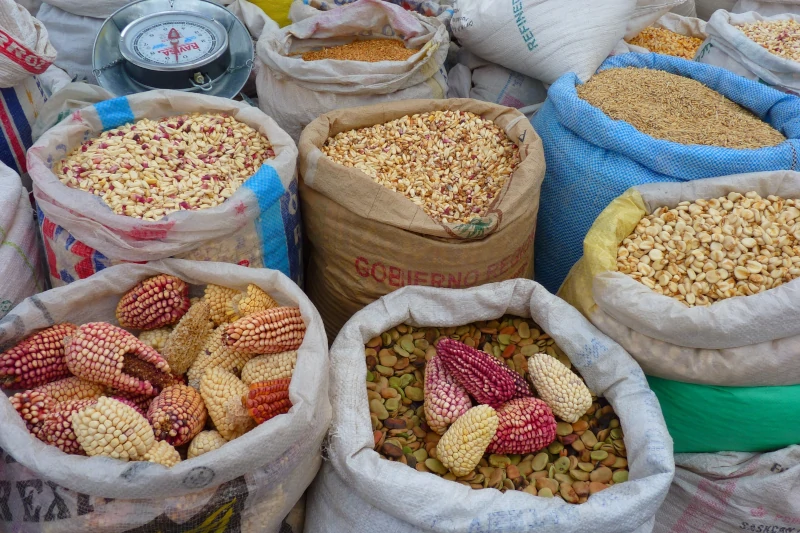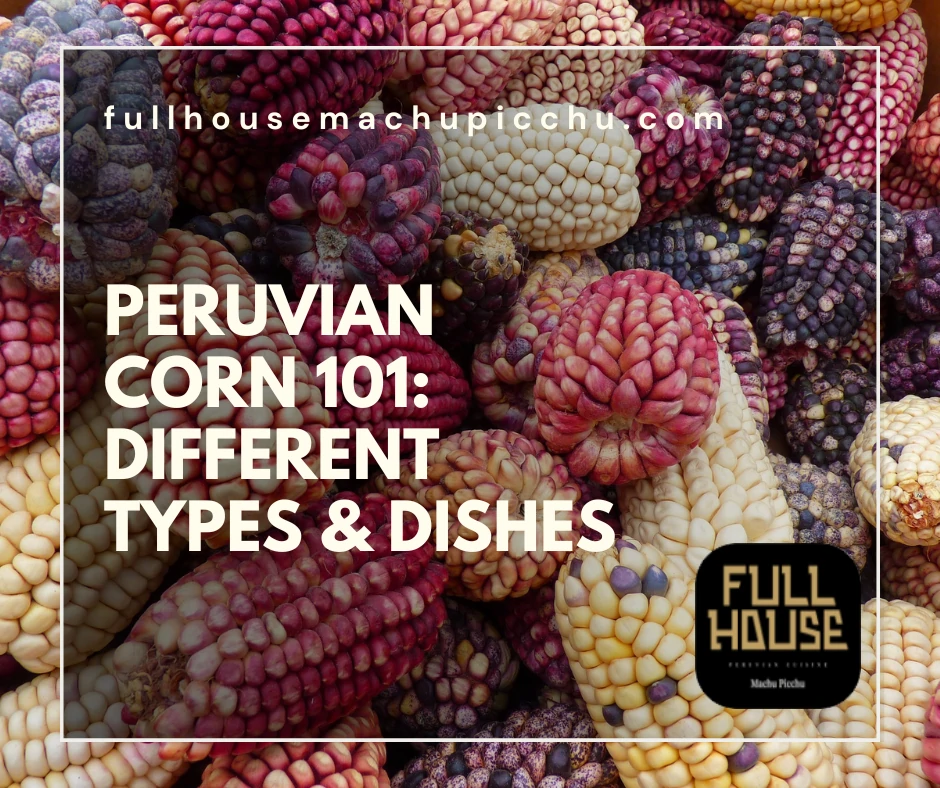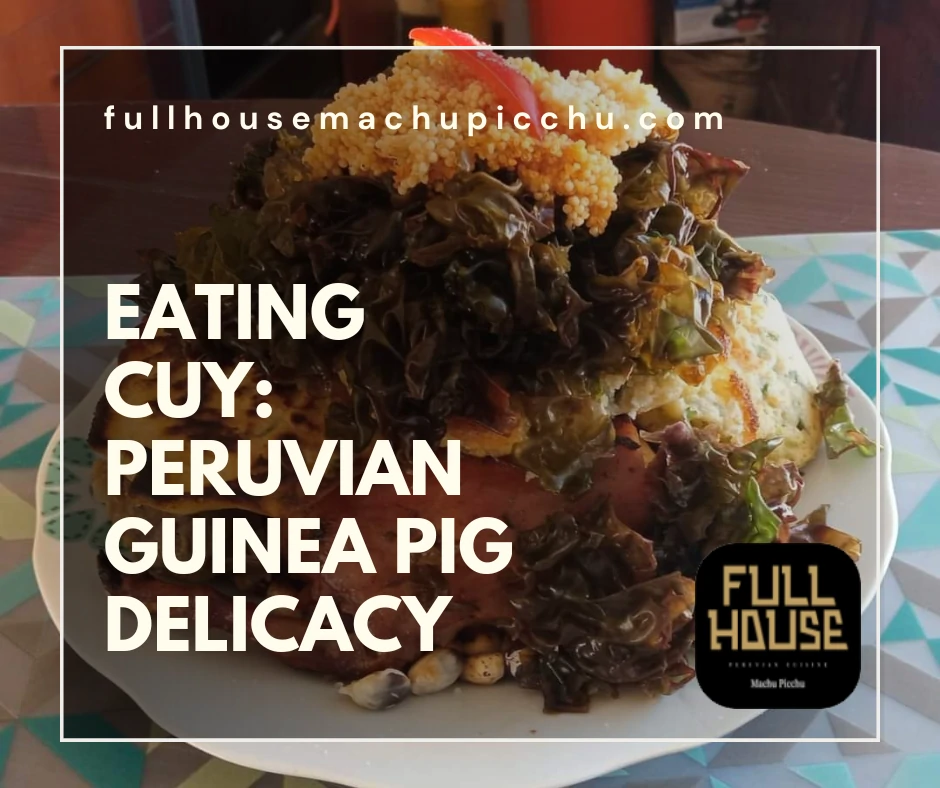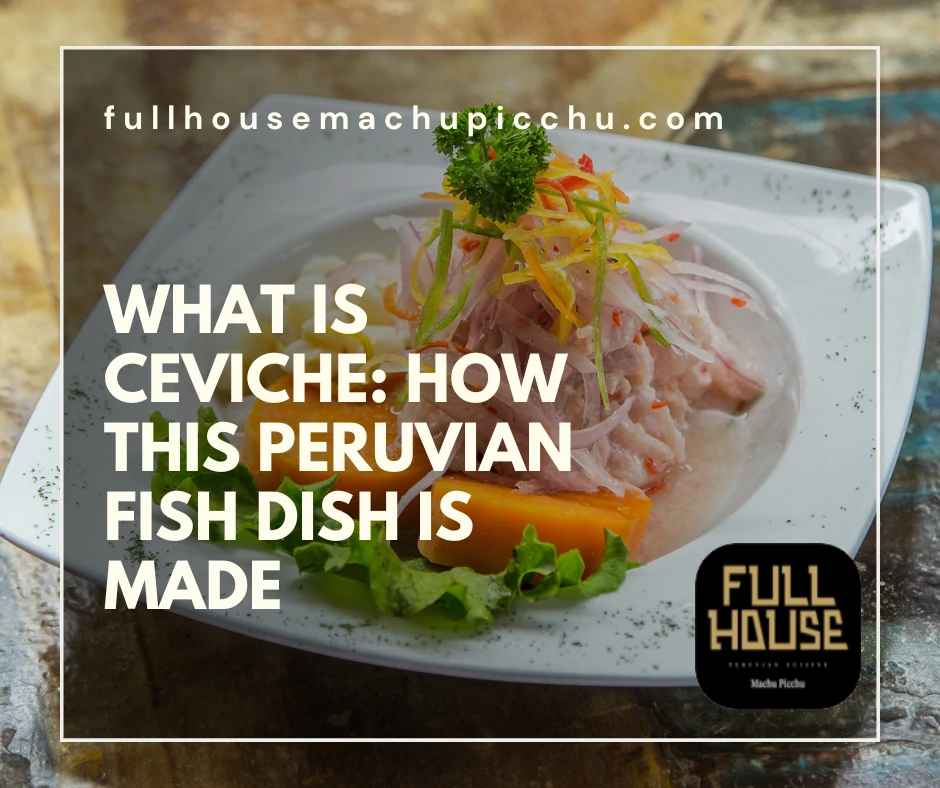In this article, we’re diving into the vibrant history, diverse varieties, and mouthwatering dishes that showcase the versatile Peruvian corn. With over 55 types of corn grown across the diverse landscapes of Peru, this ancient crop has been a cornerstone of the country’s gastronomy for millennia.
From the iconic choclo to the enchanting purple corn, each variety boasts unique colors, textures, and flavors that have been expertly incorporated into the nation’s culinary tapestry. Whether you’re a foodie, a traveler, or just someone looking to broaden their culinary horizons, join us on this flavorful journey.
A maize-ing diversity: Exploring the rich variety of Peruvian corn
Peru, a country known for its diverse landscapes and rich culinary heritage, boasts a remarkable variety of corn. With over 55 distinct types grown, the nation is a corn-lover’s paradise. This impressive range of corn is a result of the unique microclimates found across Peru’s different regions. From the Andean highlands to the coastal plains, each area nurtures its own special varieties.
One of the most popular types of corn is the iconic choclo. Choclo, or Peruvian giant corn, features large, plump kernels that are perfect for boiling or grilling. Its starchy texture and mild flavor make it an excellent side dish, especially when paired with spicy food. Another beloved variety is the striking maiz morado, or purple corn. Known for its deep purple hue, morado is rich in antioxidants and commonly used to create the traditional beverage, chicha morada.
Additionally, the coastal region of Peru offers a type of corn called maíz amarillo, or yellow corn. This variety is smaller and sweeter than choclo, making it ideal for dishes such as tamales and humitas.
For those who crave something sweet, maíz dulce, or sweet corn, is a popular choice. Its tender kernels and natural sweetness make it a delicious snack or dessert ingredient. Cancha, on the other hand, is a type of corn known for its crunchy texture. Toasted and salted, cancha is a popular snack often served alongside ceviche or enjoyed on its own.
Exploring the rich diversity of Peruvian corn reveals a fascinating world of flavors, textures, and culinary possibilities. Thus, these varieties provide the perfect canvas for the nation’s creative and vibrant cuisine, inviting us all to savor the taste of Peru.
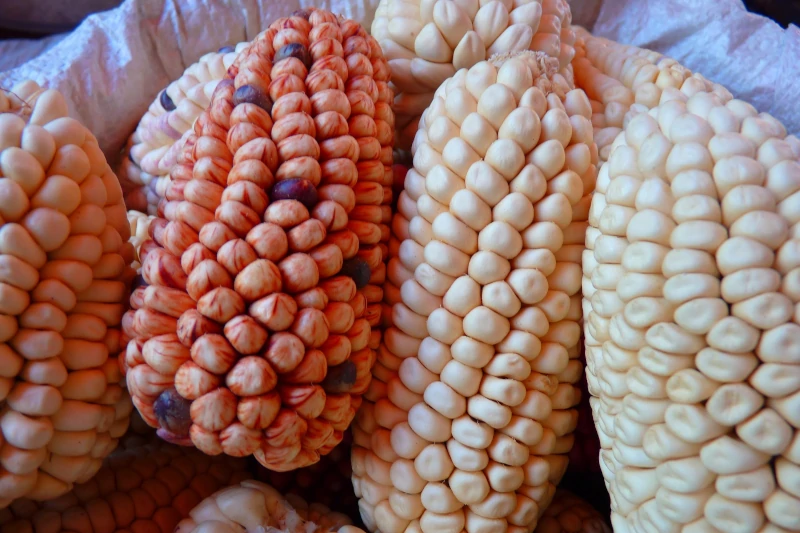
From field to plate: Traditional Peruvian corn-based dishes
Corn has played a vital role in Peruvian cuisine for millennia, with many traditional dishes showcasing this versatile ingredient. Across the nation, various types of corn are used to create mouthwatering meals, from appetizers to desserts.
Ceviche, a popular Peruvian dish, often features corn as a side. Typically made with raw fish marinated in lime juice and spices, ceviche pairs well with crunchy toasted cancha or boiled choclo. Thus, the combination of textures and flavors creates a delightful dining experience.
Another notable dish is the Peruvian tamale. These tamales use maíz amarillo, a yellow corn variety, for their dough. Stuffed with seasoned meat, olives, and hard-boiled eggs, they’re wrapped in corn husks and steamed to perfection. So, tamales make for a hearty breakfast or satisfying lunch.
Humitas, similar to tamales, are a cherished Andean dish. Prepared with freshly ground choclo, cheese, and spices, they’re wrapped in corn husks and steamed. Their creamy texture and rich flavor make humitas a beloved comfort food.
Additionally, Causa, a flavorful potato-based dish, often includes corn as a key ingredient. Layers of seasoned mashed potatoes, avocado, and fillings like chicken, tuna, or vegetables are topped with corn for added texture and taste.
In the Andean region, corn plays a crucial role in the dish known as pachamanca. This traditional feast involves slow-cooking marinated meats, potatoes, beans, and corn in an underground oven. The result is a tender, flavorful meal often shared during special occasions.
For those with adventurous palates, guinea pig, or cuy, is a delicacy in Peru. Corn can be incorporated into cuy dishes. One of these dishes is the chiri uchu, a plate of roasted guinea pig served with toasted corn.
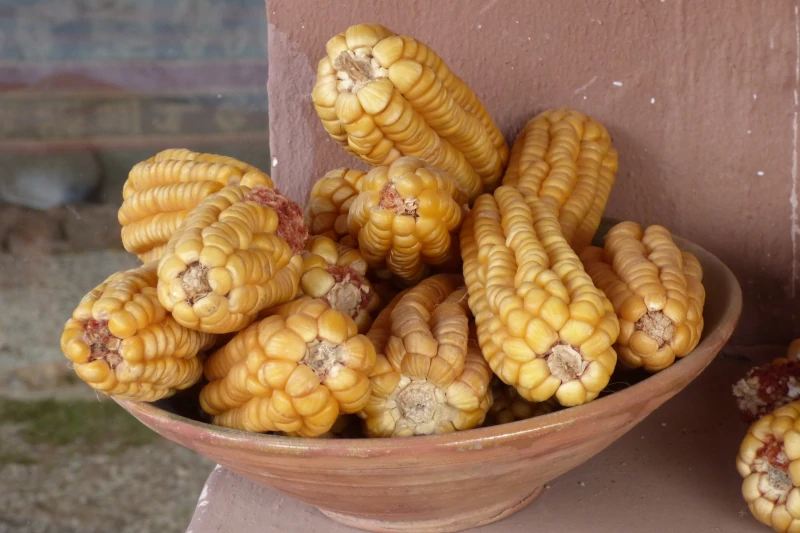
Cooking with corn: Tips and techniques for mastering Peruvian recipes at home
Bringing the flavors of Peruvian corn into your home kitchen can be an exciting and rewarding experience. With a few tips and techniques, you can master the art of cooking with this versatile ingredient.
First, it’s essential to choose the right type of Peruvian corn for your recipe. Choclo, with its large kernels, works well for boiling or grilling. For dishes like tamales, opt for maíz amarillo, a smaller, sweeter variety.
When preparing Peruvian corn, removing the kernels from the cob may be necessary. To do this, stand the cob upright and use a sharp knife to carefully slice downward, removing the kernels. You can also remove the kernels manually, without the use of kitchen tools.
If you can’t find Peruvian corn in your local market, consider using substitutions. While the taste may not be identical, using similar varieties can still yield delicious results. For example, hominy can be a suitable alternative for choclo.
When cooking with corn, remember that different dishes require different methods. For example, boiling choclo should be done in unsalted water to maintain its flavor. Alternatively, cancha is best when toasted in a pan with a little oil.
To make traditional Peruvian corn dishes at home, take time to learn and practice the techniques. For example, perfecting the art of wrapping tamales and humitas in corn husks requires patience and skill.
Don’t be afraid to get creative with Peruvian corn. While traditional dishes are delicious, experimenting with new recipes can lead to exciting culinary discoveries. Remember, the key to mastering Peruvian recipes is practice and a passion for the flavors.
